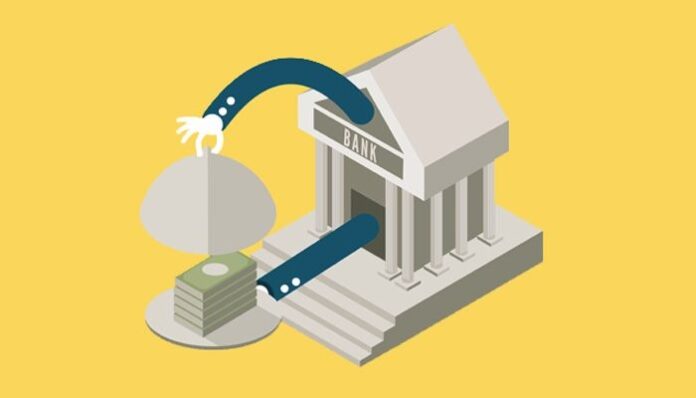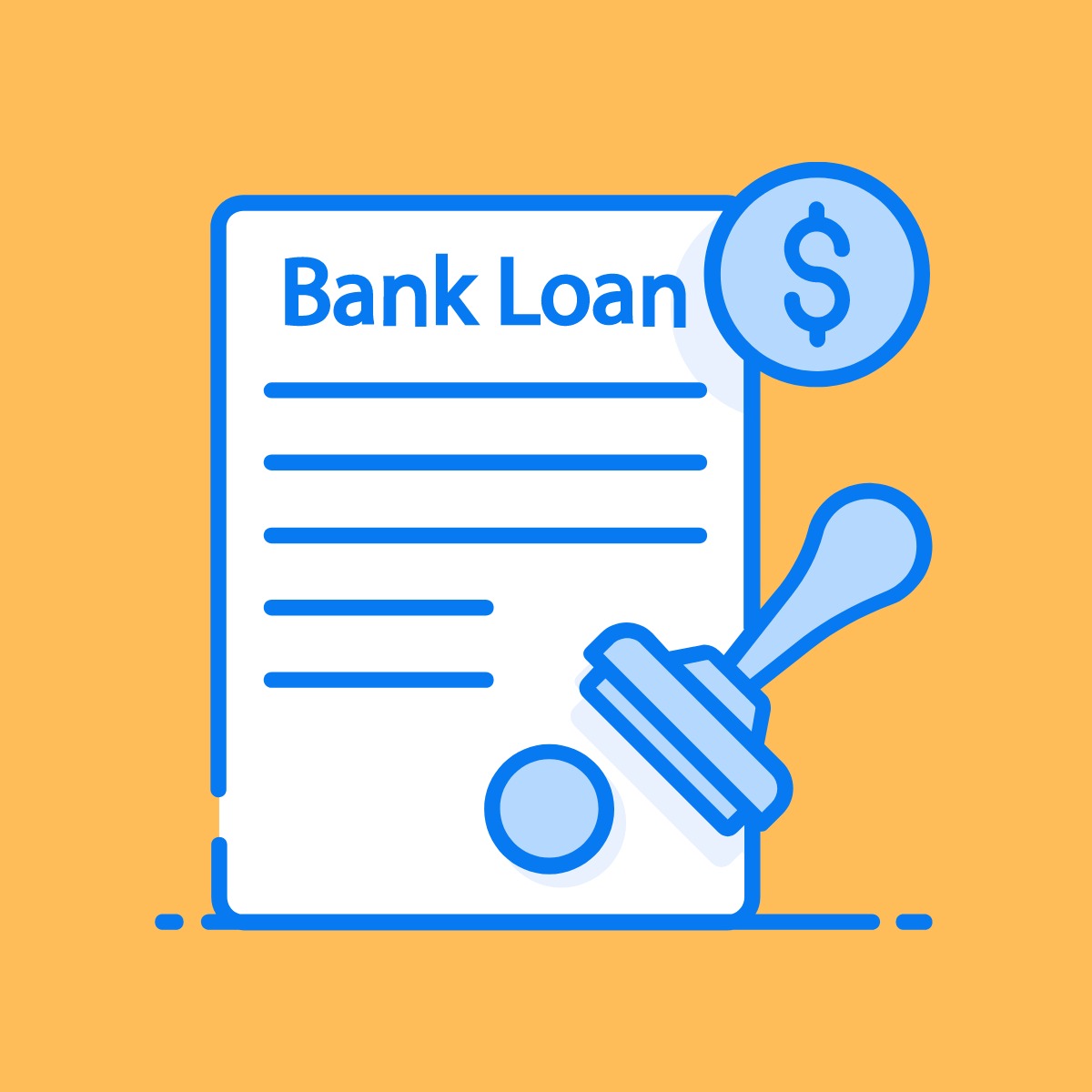Bank loans help many individuals and businesses achieve their goals. They may use the funds to buy a home, fund a college education, or expand their company. To be approved for a loan, the individual must know what lenders look for.
When taking out a loan, a person must be creditworthy. Lenders don’t want to take on excessive risk.
Additionally, they must demonstrate their financial worthiness by providing financial documentation that shows they will be able to repay the funds.
Borrowers would also consider various loan options, as they may be more qualified for one type of loan than another.
Use the following strategies and increase the likelihood of being approved for the desired funds.
Applying for a Loan

Borrowers must understand the intricacies of the application process before applying for a loan. Lenders consider the applicant’s credit score, income stability, and debt-to-income ratio when evaluating their loan application.
If the borrower is applying for a secured loan, the lender wants to know more about the collateral. Most lenders prefer a credit score over 700 because it shows the borrower is reliable.
A borrower should review their credit reports, have any errors corrected, and address any discrepancies before applying for the loan.
Try to keep the debt-to-income ratio below 36 percent, as this demonstrates to lenders that the borrower has financial discipline and that debt obligations aren’t overwhelming.
An applicant who takes these steps will be perceived as a low-risk candidate, making lenders more willing to work with them.
A Strong Financial Profile
When a lender evaluates an applicant, they want to see a strong financial profile. They examine the individual’s income sources and employment history.
Lenders also like to see applicants with robust savings accounts. Gather documentation that demonstrates this strong financial profile.
Pay stubs, tax returns, and bank statements are typically required. If the applicant is self-employed, lenders usually require two years of tax returns and profit-and-loss statements.
A down payment of at least 20 percent also increases the likelihood of approval, as the lender assumes less risk.
Loan Type

Lenders offer numerous financial products. Borrowers must know which product best meets their needs and determine the requirements for that product.
Secured loans, which are backed by collateral, typically have lower interest rates and more lenient approval criteria.
The lender can take possession of the collateral if the borrower doesn’t make payments as agreed.
Unsecured loans typically have higher interest rates because the lender assumes a greater risk of default.
Borrowers should research all options to find a financial product that meets their needs. Lenders help borrowers compare options to find this product, increasing the likelihood of approval.
Red Flags

Lenders look for red flags when evaluating applications. If an applicant has recently changed jobs or has high credit card balances, they may not get approved.
Past delinquencies are concerning, and lenders don’t want to see large purchases or new credit applications in the weeks leading up to the loan application.
If a borrower has one or more irregularities, lenders appreciate a letter explaining these irregularities.
Transparency can help neutralize these red flags, allowing a lender to view the borrower more favorably.
Securing a bank loan can be challenging, particularly during economic downtimes. Lenders must remain cautious to protect their bottom lines.
If they believe an applicant will not be able to repay the loans, they deny the application.
Strategic planning and a strong financial profile increase approval odds, so borrowers should focus on improving their financial profile before applying.
Doing so will increase the likelihood of receiving financial assistance and achieving their goals.







